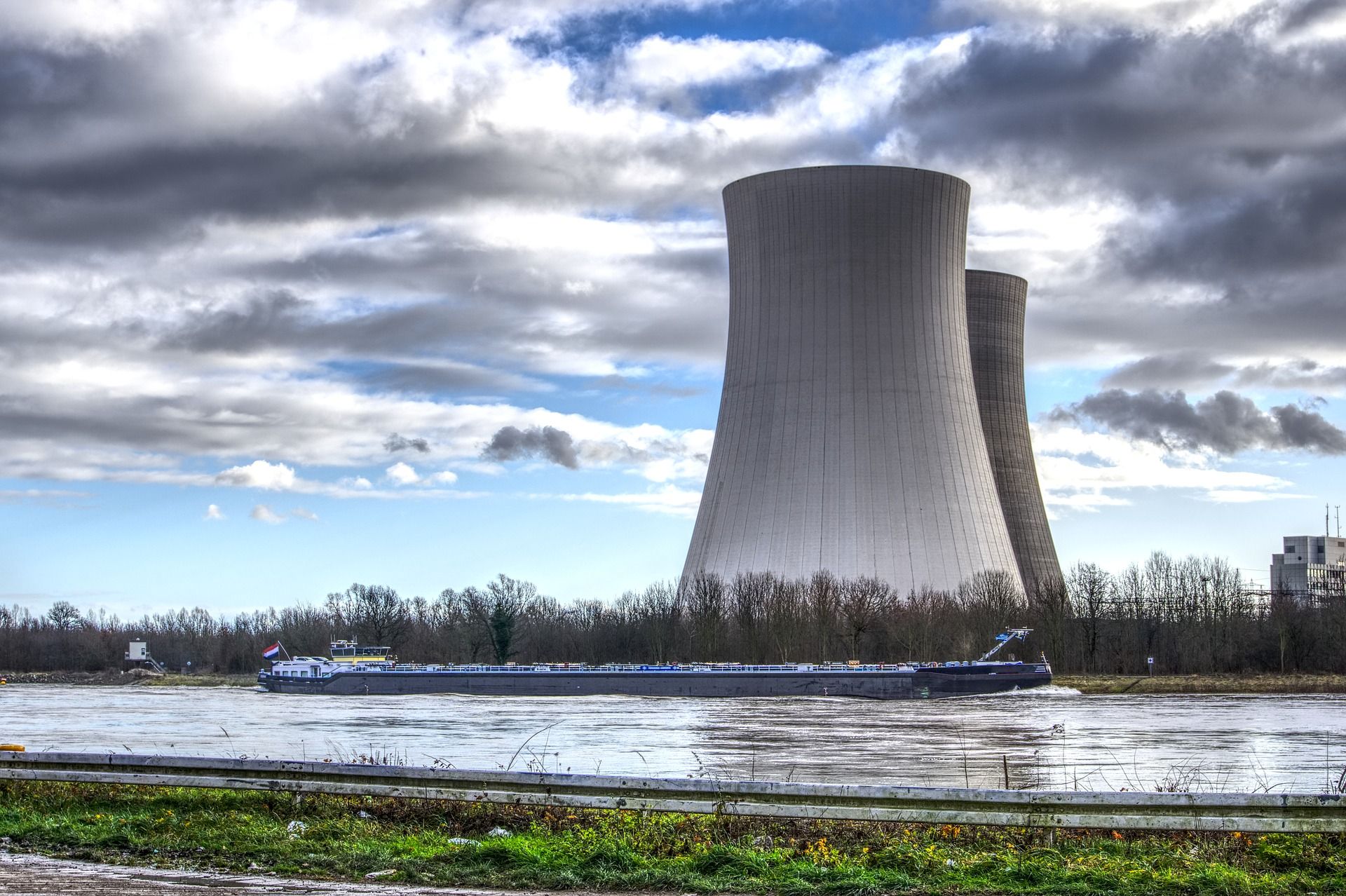
On March 23, China unveiled its targets to produce 200,000 tonnes of green hydrogen per year. On the surface, this looks like good news. Green hydrogen seems to be the fuel of the future and China reportedly plans on dominating the market. Mass producing it to bring costs down then helps the environment as well as our wallets.
On the other hand, Europe relying on foreign powers for its energy needs hasn’t exactly panned out.
In the Netherlands, plans to create green hydrogen through renewables is already underway – but critics say these methods are too expensive for the amount produced. But another option for creating green hydrogen is being developed – a nuclear option. And it’s coming from the famously anti-nuclear Germany, of all places.
“If you want to do it like Germany and go straight from coal and gas to renewables, then you have a gap,” explains Götz Ruprecht, CEO of Dual Fluid. “There remains nothing as a stable energy supply like nuclear power.”
They are creating a miniature nuclear reactor with the potential to produce electricity and green hydrogen at a fraction of the price of renewables. If successful, it would be safe, efficient, and produce almost no nuclear waste.
Cheap green hydrogen
In the business of green hydrogen production, the name of the game is making it carbon free and affordable. In the business of nuclear reactors, the goal is efficiently producing the most heat possible without blowing up everything.
“Because our reactor is so small, we can use expensive ceramics that can resist 1000 degrees of temperature,” explains Ruprecht. “With this heat, we can produce hydrogen at a low price – and it’s clean.”
For comparison, most nuclear reactors run at between 450-700 degrees Celsius. This opens up a new avenue for green hydrogen production, as well as other synthetic fuels like hydrazine. In terms of electrical production, a single Dual Fluid reactor can power 500,000 households with energy. That’s roughly 34 one-and-a-half meter reactors to power the entire Netherlands.
A self-regulating reactor
Instead of going into nuclear fission, let’s picture the reactor as a hot tub with a filter tube system. The goal is to get the tub as hot as possible without having it boil over and burn everyone. One tube in the filter system is circulating hot fuel, and the other circulates a liquid lead coolant. As the fuel boils, it expands and mixes more with the coolant. This regulates the system naturally and ensures it can reach high temperatures without going out of control.

If one were to remove the coolant, the fuel automatically filters into a specialized drain tank which stops the nuclear reaction immediately. As an added safety measure, Dual Fluid plan to place their reactors deep underground in bunkers. This protects them against natural disasters and other surface threats.
Recycling the world’s nuclear waste
The other benefit to the Dual Fluid system is that it uses 100 percent of the fuel it contains. This means the only waste it produces is the kind that needs to be stored for hundreds of years, rather than hundreds of thousands.
But what about the rest of the world’s nuclear waste? More than 250,000 metric tonnes of nuclear waste is still being stored worldwide. Dual Fluid are working on a way to reduce these stores via nuclear waste recycling plants.
“We want to use today’s nuclear waste,” says Ruprecht. “What usually goes into geological storage could go into our reactor. We separate the components and then burn what can be used.”
What little remains would be turned into short-lived waste. This brings an opportunity to clean up after messes of the past.
Navigating the anti-nuclear landscape
Though it is gaining momentum, nuclear still gets treated like a four-letter word in many countries. This is particularly true in Germany where Dual Fluid originates.
“I think we’re the only nuclear start-up in Berlin,” says a laughing Ruprecht. “It’s the most anti-nuclear.”

But Dual Fluid may have a solution to both of those problems. For Ruprecht, the cost of not trying is worth the investment.
“Of course, it’s expensive to build a nuclear power plant. But it lasts for 80 years and delivers a lot of energy,” says Ruprecht. “A wind farm might not be as expensive but doesn’t produce nearly the same amount of energy and only lasts for 25 years.”
To navigate the German anti-nuclear sentiment (and get investment), Dual Fluid have even opened up offices in Vancouver, Canada. Since then, they’ve received some initial backing and are working on prototypes. They hope to have serial production of their reactors by 2034.


